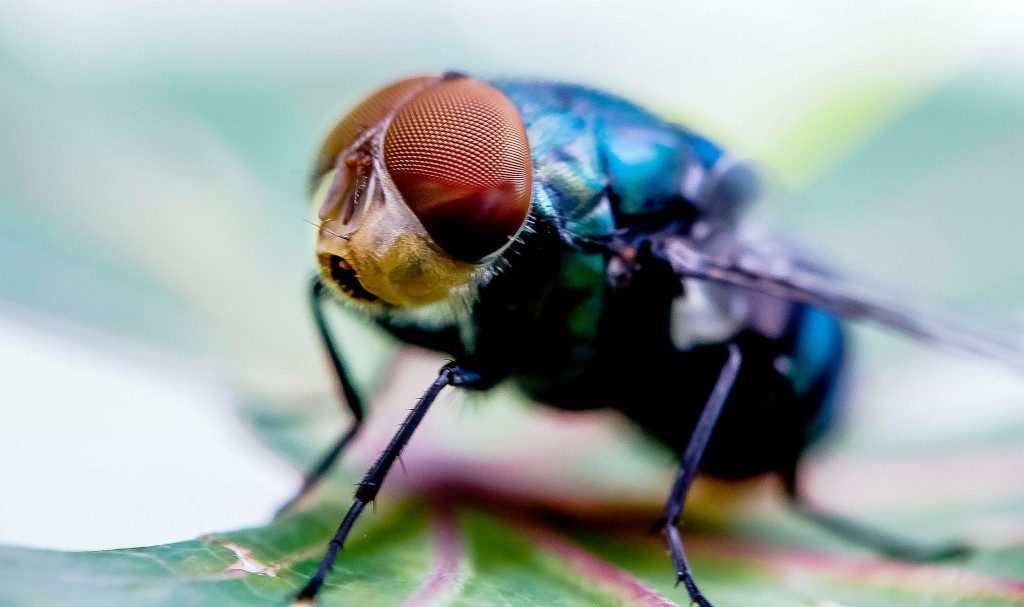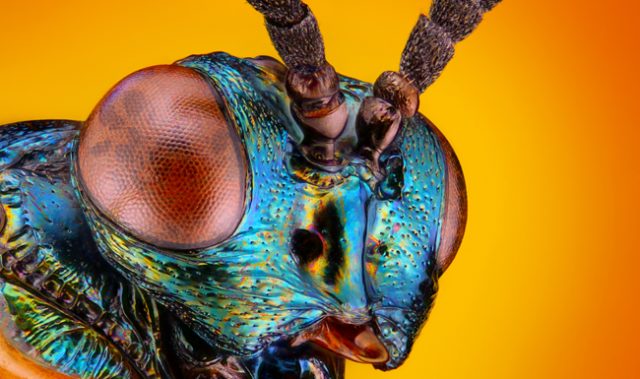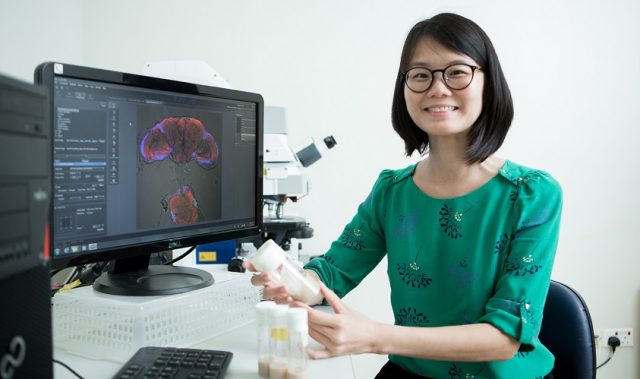
em>AsianScientist (Aug. 31, 2021) – No inspirational quotes needed—for fruit flies, motivation is channeled from within. Their secret lies in a protein that opens the floodgates for calcium in dopamine-producing neurons, reported researchers from India in eLife.
Staying motivated is tricky mental business, involving chemical messengers called dopamine in the brain to keep individuals alert and push them to persist until a task is finished. While it comes as no surprise that humans often seek motivation to accomplish their goals, motivational machinery are also at work in fruit flies, even for innate behaviors like flying and feeding.
Lengthy flight bouts are not uncommon, especially when a starved fly is searching for its next meal. Sustaining motivation is a key driver for these insects to keep foraging for food, and scientists previously associated such behaviors to intracellular proteins called inositol 1,4,5-trisphosphate receptors (IP3R).
Yet the neural framework involving these proteins remained speculative at best. To decipher the role of IP3Rs in motivation, researchers from the National Center for Biological Sciences in India induced a negative or dysfunctional version of IP3Rs in neurons, finding that flight times and food-seeking behavior markedly plunged in these flies.
As channel proteins, IP3Rs are passageways for the influx of calcium ions from a subcellular structure called the endoplasmic reticulum to the brain cell’s main fluid-filled matrix. When calcium concentrations surge, the neurons are activated to produce dopamine, firing up interconnected neurons with by sending these communication signals.
But in flies with the frail IP3R variants, calcium levels within the neurons dropped, in turn diminishing dopamine release. Their flight voyages became incredibly short—only a third of the timeframe mustered by flies with fully functional IP3Rs.
Strikingly, these flight times boiled down to just four dopamine-producing neurons, which also turned out to regulate food foraging. For flies expressing negative IP3R variants in these four neurons, the researchers found that not even starvation or their favorite food could spark the flies’ interest in feeding.
According to the team, the results highlight how the neural mechanisms of motivation are vital to keep hungry fruit flies going, maintaining their relentless pursuit of food even over prolonged and energy-draining flights.
“Even though the neuronal circuit that pilots flight behavior is hard-wired, we show here that it still needs to be fine-tuned by cellular calcium—especially calcium mobilized by the IP3R,” said corresponding author Professor Gaiti Hasan. “Such modulation ensures that the fly’s internal metabolic state and its response to external cues are balanced.”
The article can be found at: Sharma & Hasan (2020) Modulation of Flight and Feeding Behaviors Requires Presynaptic IP3Rs in Dopaminergic Neurons.
———
Source: National Center for Biological Sciences; Photo: Guslin Al-Fikrah/Unsplash.
Disclaimer: This article does not necessarily reflect the views of AsianScientist or its staff.












